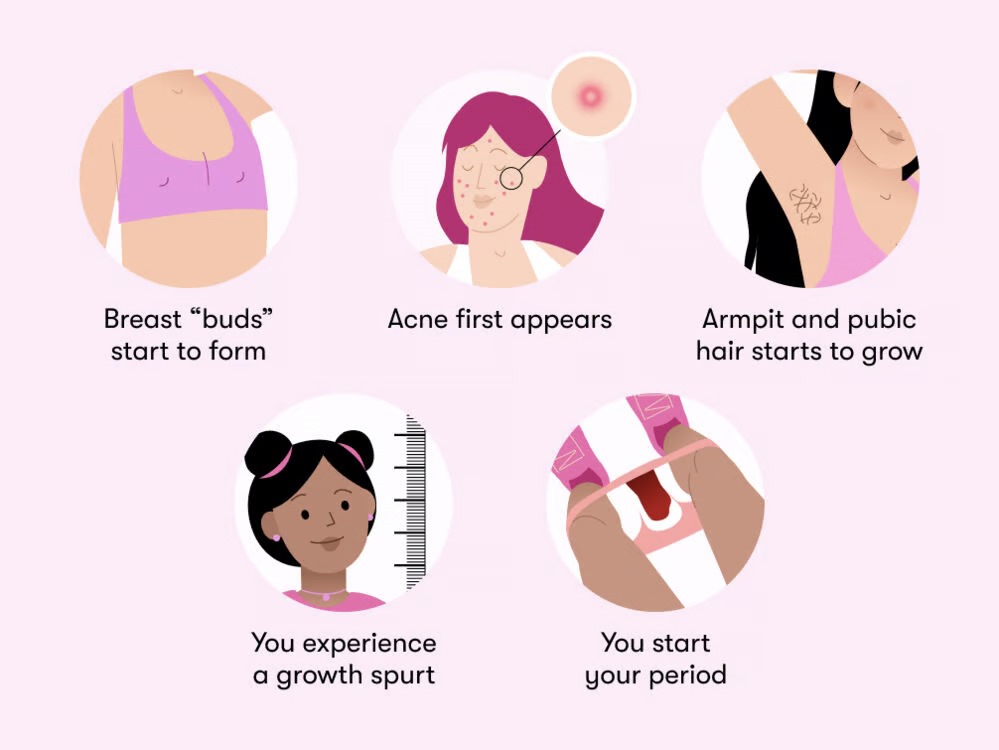Girls in Puberty
During puberty, changes in physical appearance are directly related to changes within the body. Individuals are born with reproductive organs, but they only fully develop during puberty, allowing the body to become physiologically capable of reproduction. Let’s explore and familiarize ourselves with the female reproductive system and its changes.
Female Reproductive System
Uterus
The uterus is where a fertilized egg develops into an embryo, and it enlarges as the fetus grows.
Ovum
The ovum is the reproductive cell in the female reproductive system, and women release 1-2 ova during each menstrual cycle.
Ovaries
The ovaries are located on either side of the uterus and are responsible for producing or storing ova, as well as allowing ova to mature.
Fallopian Tubes
The fallopian tubes are the pathways through which ova travel from the ovaries to the uterus.
Cervix
The cervix is the area that connects the uterus to the vagina.
Endometrium
The endometrium is a layer of tissue inside the uterus that thickens and sheds during the menstrual cycle. In the first half of the menstrual cycle, it prepares for a possible implantation of a fertilized egg; if fertilization does not occur, the lining sheds during menstruation, resulting in a "period."
Vagina
The vagina is a flexible canal that connects to the vulva. It also serves as the passageway for menstrual blood.
Changes in Girls During Puberty
During puberty, the body will begin to undergo many physiological changes, and the stages of development can vary among individuals.
The following changes indicate that a girl has started to enter puberty:
Rapid growth in height and weight
Development of breasts
Appearance of acne
Body odor and sweat become more noticeable
Hair begins to grow in the armpits and genital area
Hips become wider, and body contours become more pronounced
Beginning to experience vaginal discharge
Menarche (the first menstrual period) begins
Premenstrual syndrome (PMS) may occur

Understanding these changes can help girls better adapt to the transition of puberty. If you have any questions, please feel free to consult a professional or a trusted adult.
by BFF Personal Care Sdn. Bhd.
Located in Johor Bahru (JB), Malaysia
 China
China